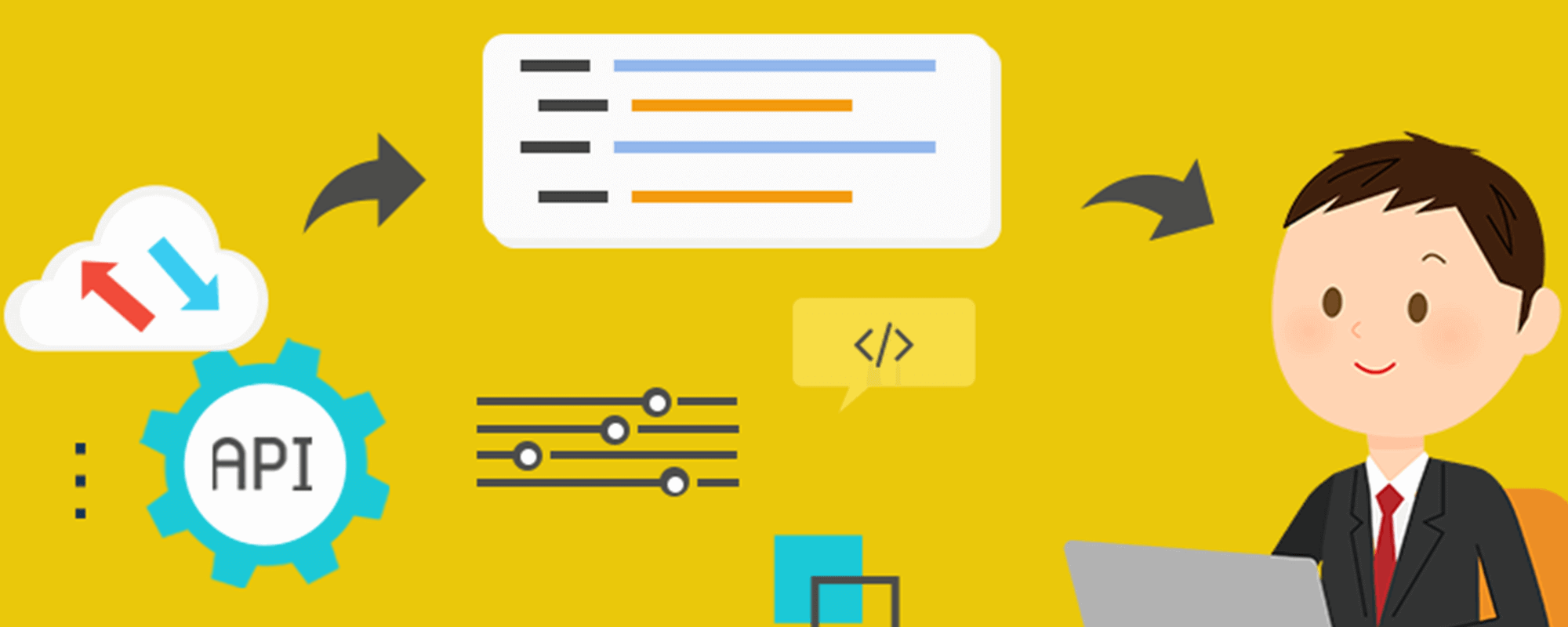Every company starts with a single website or web application, but as a company’s internet presence grows, many different applications and websites are deployed. With a traditional approach of treating each of these applications as a completely separate solution, a number of problems occur: common functionality is implemented inconsistently across applications, maintenance costs are high and time to market for new applications suffers.
By introducing a service API the problems of the traditional approach can be overcome. Many applications can reuse a set of common functionality that is implemented only once into the service layer, and then reused by individual applications and websites. This approach leads to consistent applications, lower maintenance cost, a much improved time to market.
Service APIs also help integrate third party applications consistently and robustly and can help workaround performance limitations if they exist in third party applications. Creating multichannel applications (exposing functionality not just via the web browser, but via iPhone apps, for example) becomes easier when the functionality is implemented in the service API.
01
01.
About Maintance Application
Web services have been around for a while. Terms like ‘Service Oriented Architecture’ (SOA) and ‘Software as a Service’ (SaaS) are very popular, especially in enterprise contexts.
Unfortunately, due to the way services have been implemented and sold in the past, SOAs are associated with high costs and complexity, and are deemed overkill for most web applications. However, services can be applied in more situations than one would think, and they can provide unexpected benefits.
In this article, we discuss the so-called ‘service APIs’ – a term we use to promote a way of implementing web services without the negative associations of SOA. Service APIs constitute a lightweight, pragmatic approach to web services that is applicable in many situations.
02
02.
Service APIs
Each website in an organization uses a separate database and implements its logic. Sometimes, websites share a common central database, but the websites are often still considered stand-alone.
This leads to a number of challenges that companies typically run into:
03
03.
The service API model
To overcome the disadvantages of the traditional approach, a better model for developing websites is required, one that is more suitable for growth and ongoing maintenance.
In this model, the functionality that is common across websites is pushed down into a service layer. This includes the functionality that is typically part of core business.
The websites become smaller, in the sense that they contain less functionality. Instead of reinventing the wheel by implementing common functionality, they use standard functionality that is uniformly provided by the service API.

